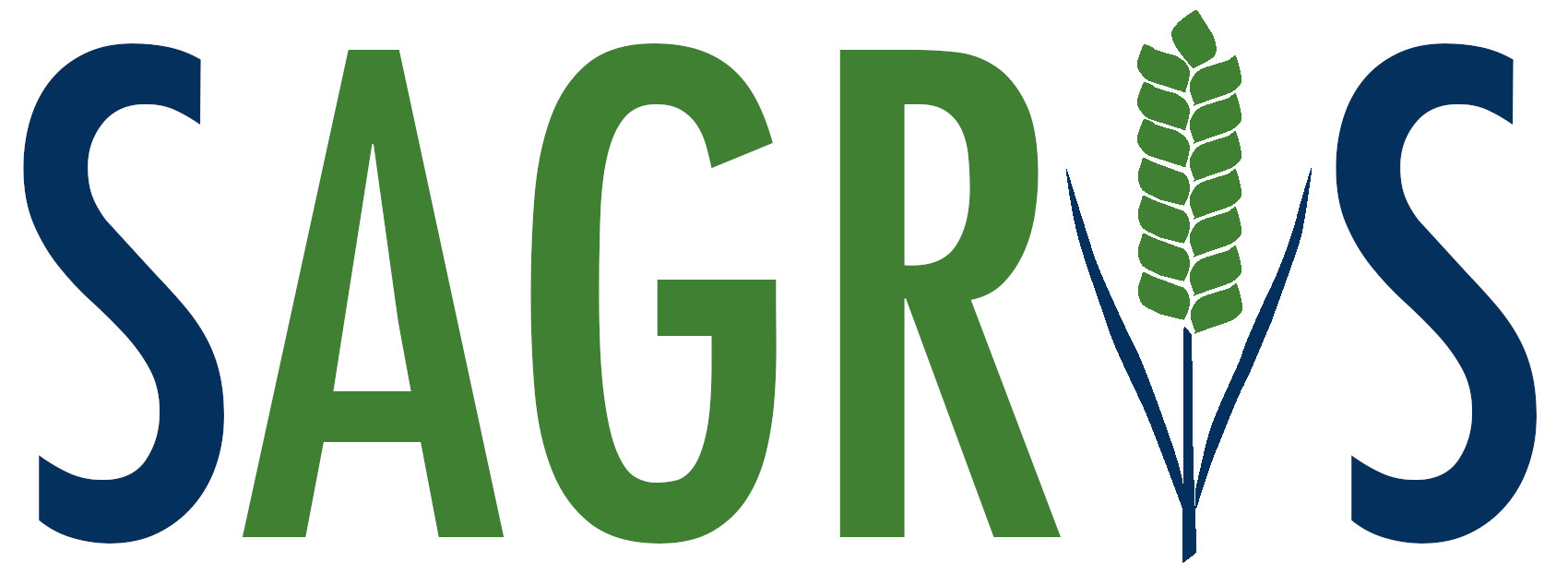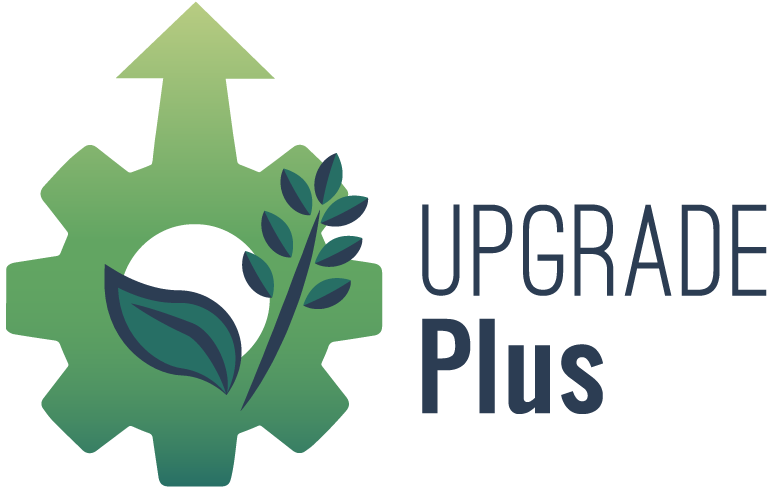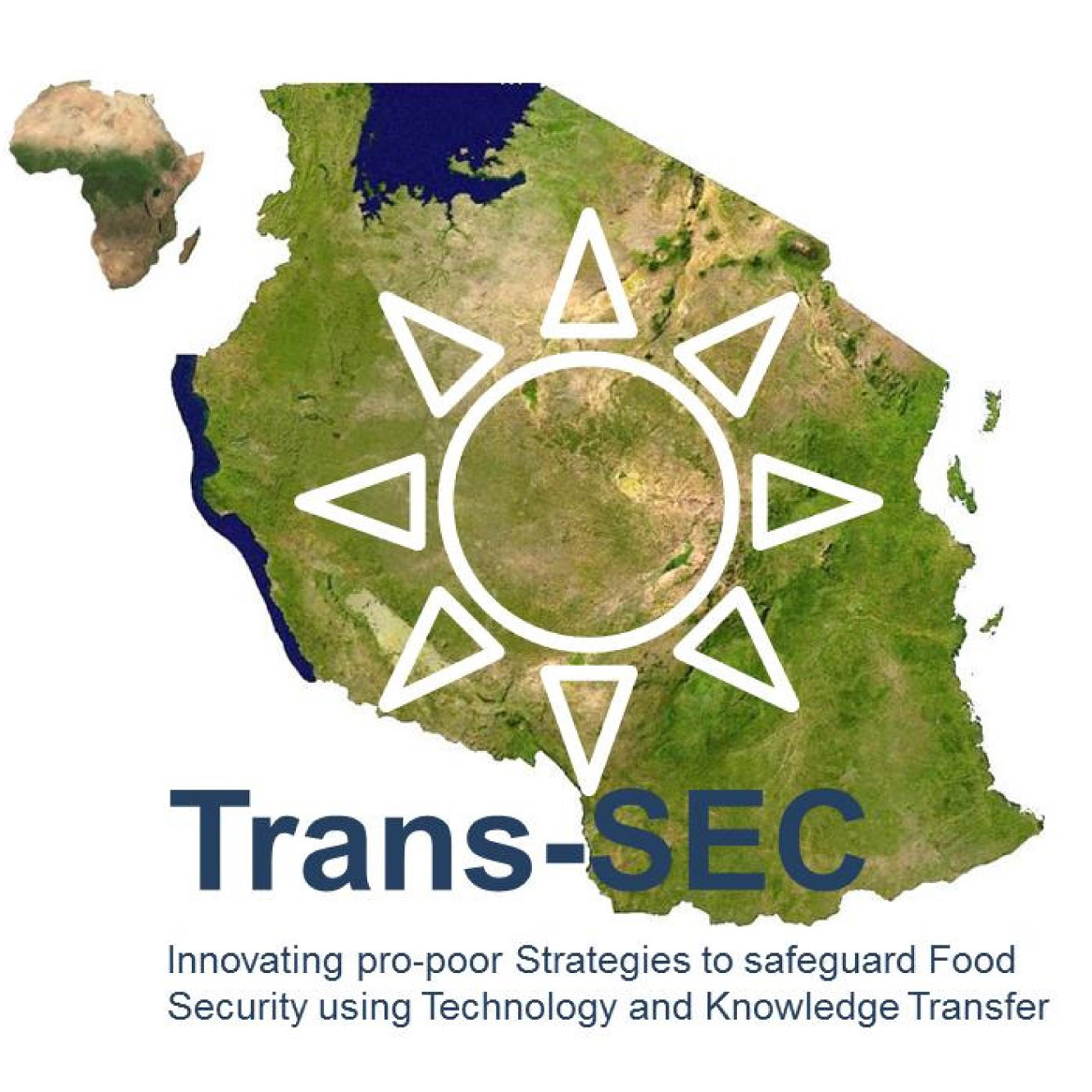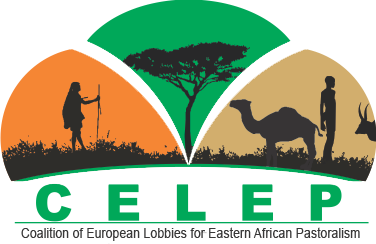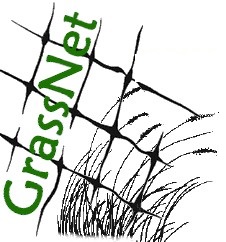The pastoral communities in the Borana rangelands of southern Ethiopia mainly rely on cattle (Bos indicus) for their livelihoods. The reproductive performance of cattle is affected by environmental variability and mobility practices that affect fodder availability. This study was conducted to investigate the reproductive performances and herd growth potentials of cattle reared in three ecologically varied zones of Golbo, Malbe and Dirre in the Borana rangelands with different levels of mobility constraints. Using the progeny history technique we gathered life histories of 95, 44, and 138 breeding females and their 411, 203, and 448 calves from the pastoral zones of Golbo, Malbe andDirre, respectively. The average number of breeding females per household showed a declining trend over the past 10 years. The age at first calving was 53 ± 1 (mean ± s.e.), 52 ± 2 and 56 ± 1 months for the cows from Golbo, Malbe and Dirre, respectively. The mean calving interval was 18. ± 0 for Golbo, 17 ± 0 for Malbe and 19 ± 0 for Dirre. The average number of calves per cow was 3.8 ± 0.1 and was highest in Golbo. Dirre had the lowest calving rate and higher calf mortality than Malbe and Golbo. A simulation of herd growth showed that in Golbo and Malbe the average number of females were 100% higher after 20 years than in Dirre. It is concluded that reduced pastoral mobility that affected resource access across ecological zones can compromise the reproductive performance and hence the growth potential of cattle populations. These findings underscore the importance of policy frameworks such as those by the African Union that call for upholding of pastoral land rights and enabling of mobility practices.
Reproductive performance and herd growth potentials of cattle in the Borana pastoral system, southern Ethiopia
Wario, H., Roba, H. G., Aufderheide, M., and Kaufmann, B. (2016). Reproductive performance and herd growth potentials of cattle in the Borana pastoral system, southern Ethiopia. Animal Production Science, 57(1), 161–169, https://doi.org/10.1071/AN15215






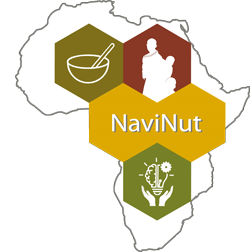 NaviNut
NaviNut